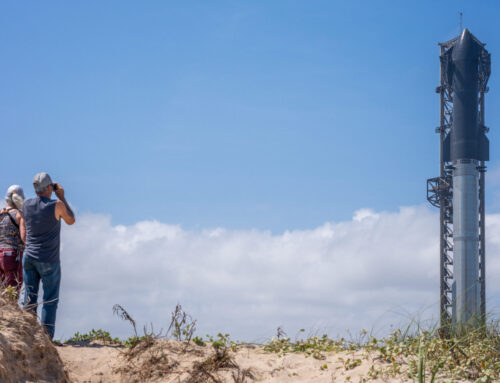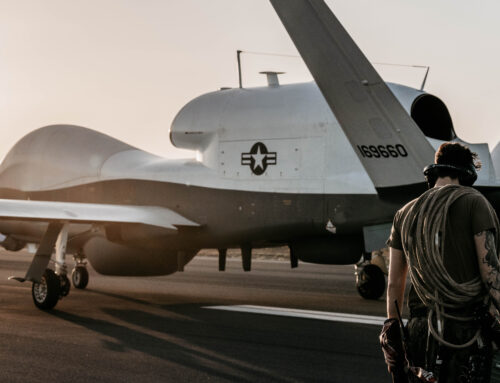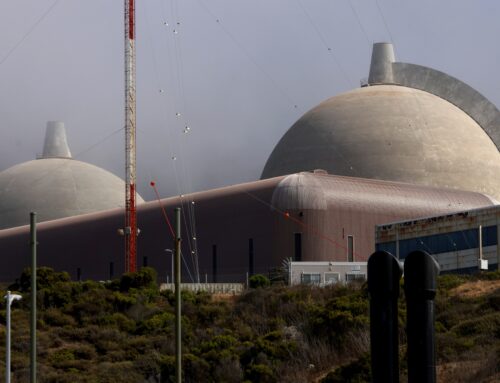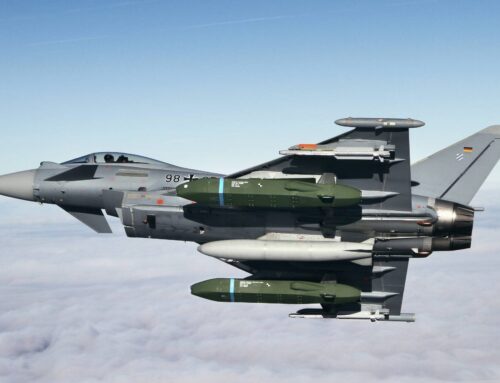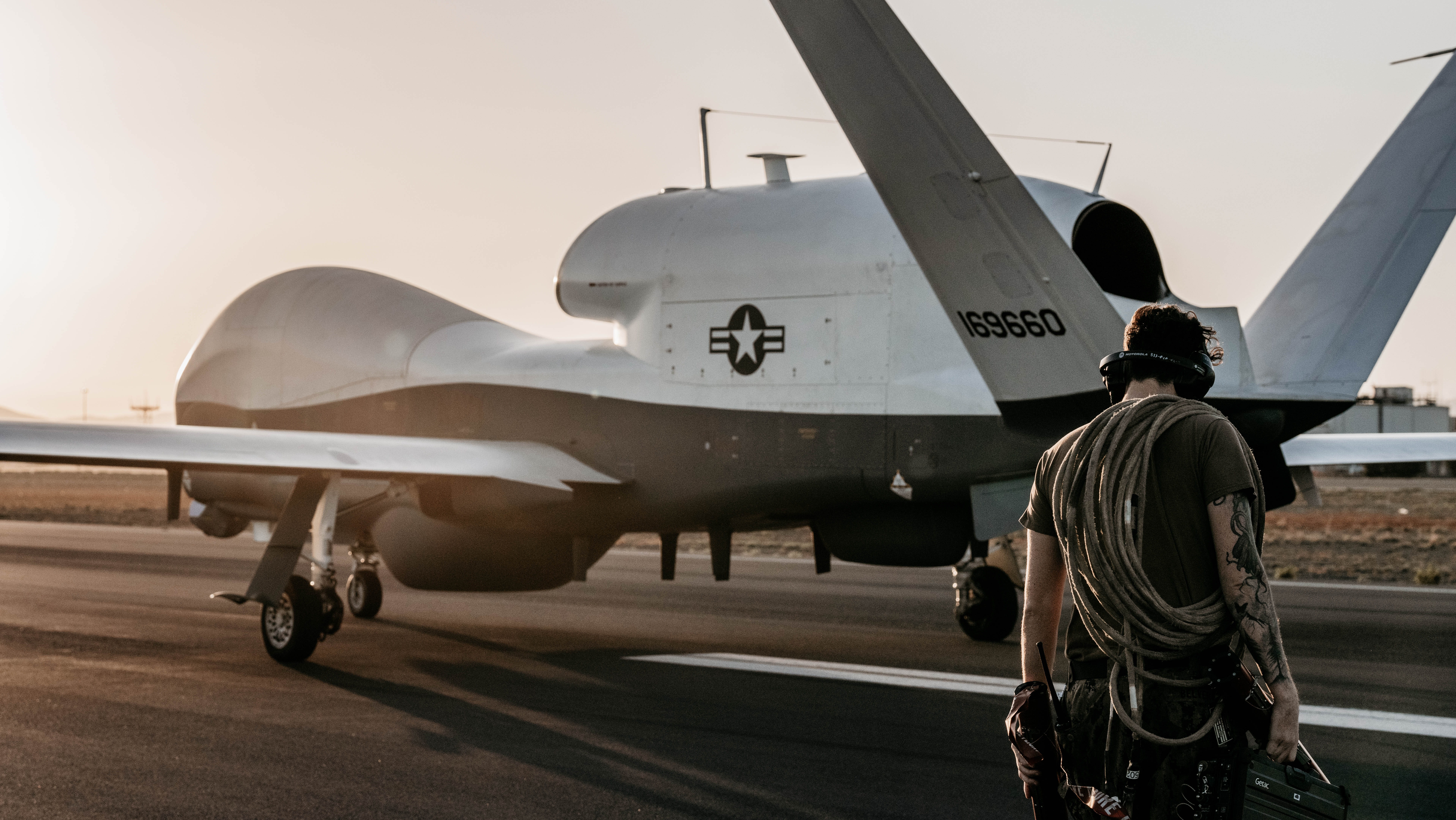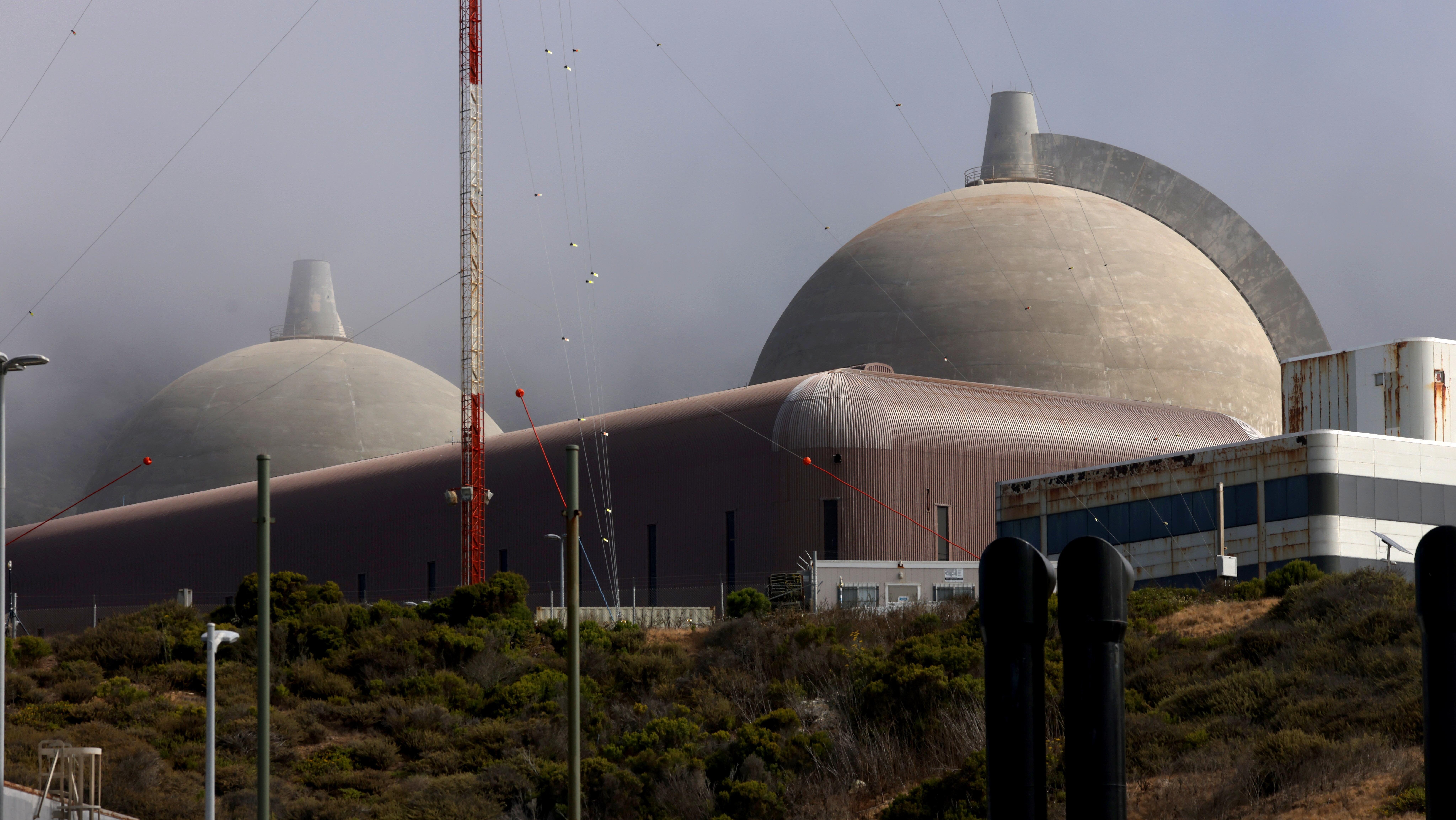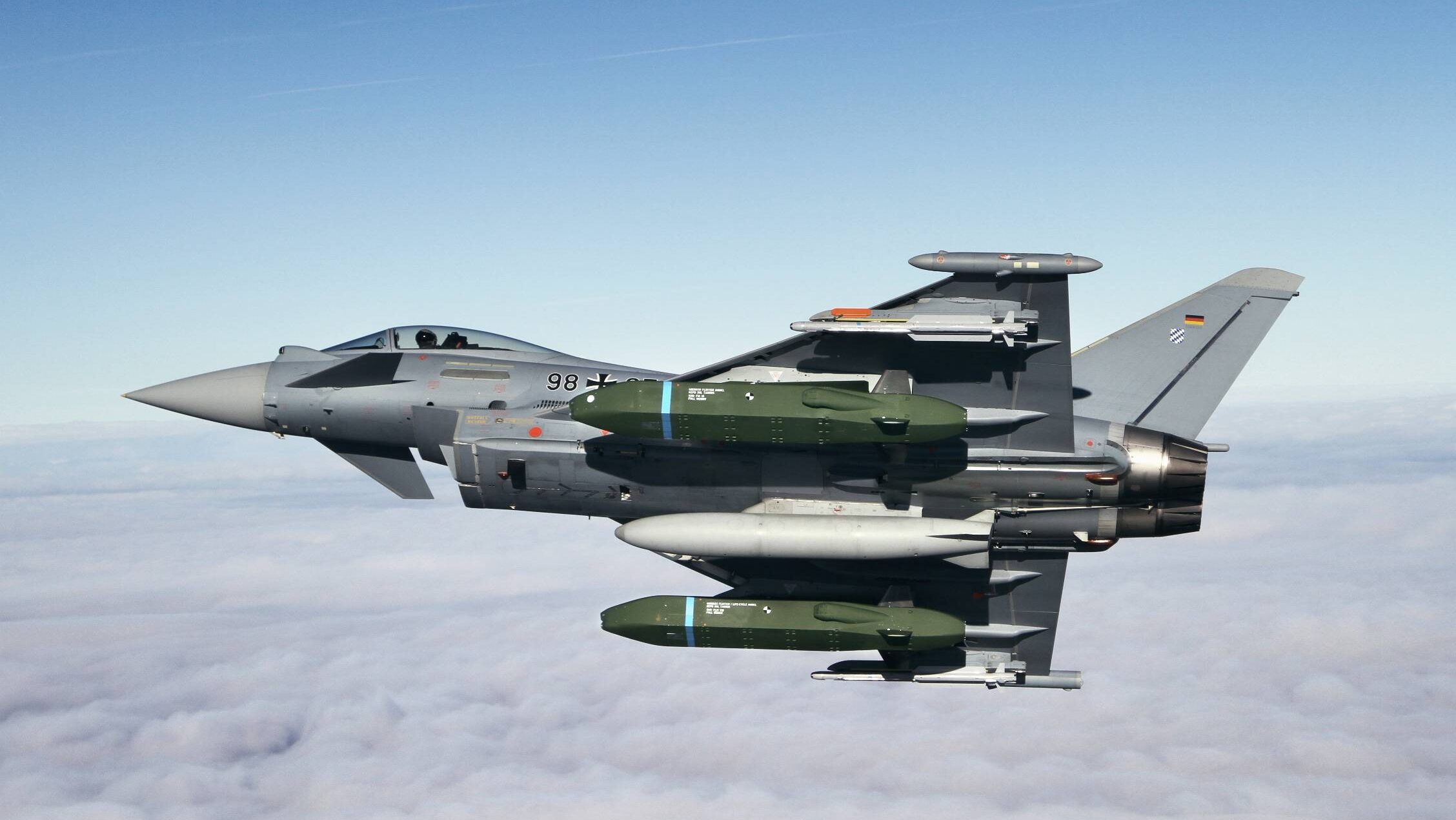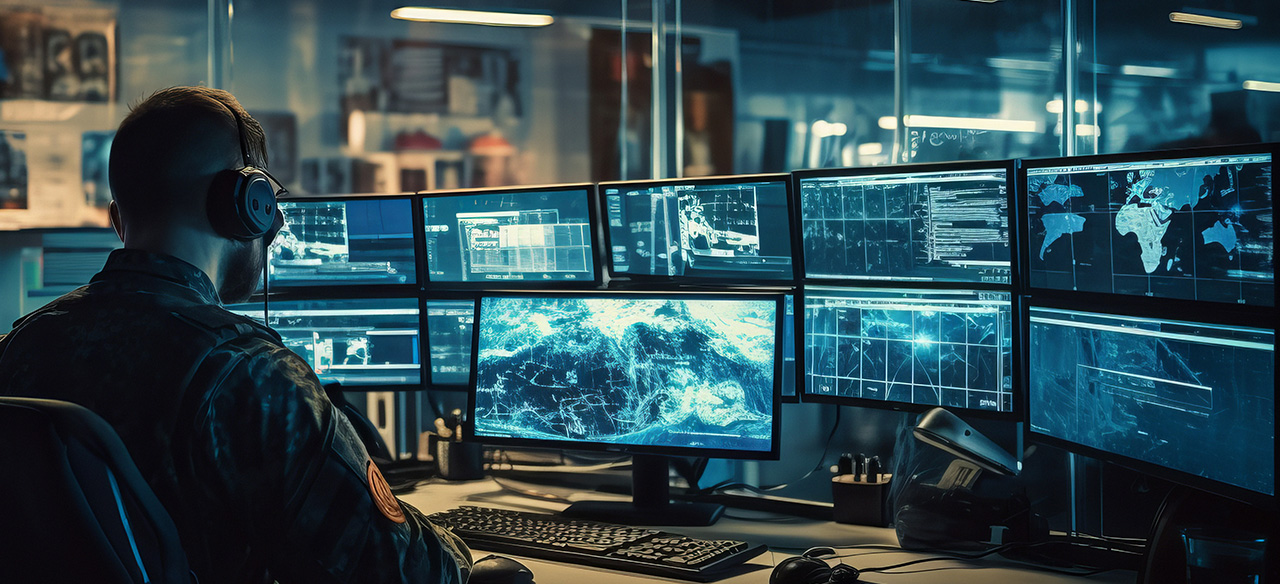Bell’s V-280 FLRAA provides the Army with expanded options for maneuver, including significantly increased mission efficiency and a reduced number of flight hours to accomplish missions. (Bell photo).
The significance of introducing the tiltrotor – a brand-new aircraft type for the Army fleet, in this case the Bell V-280 Future Long Range Assault Aircraft – from the point of operations, support, and training, will be a true step-change for both the service and the industrial base.
Breaking Defense discussed FLRAA status, how the industrial base is stepping up, and new strategies around MOSA, intellectual property and data rights for FLRAA’s long-term weapon system sustainment with Ryan Ehinger, senior vice president and program director, FLRAA Future Long Range Assault Aircraft/V-280 Valor at Bell.
Breaking Defense: The Army recently announced that FLRAA achieved Milestone B and has entered into the next phase of development. What work is being done during this phase? What does the Army require in order to continue advancing the program?
Ryan Ehinger: Milestone B is a major step in the acquisition process and is a precursor to engineering and manufacturing development (EMD). The government and industry collectively have done a tremendous amount of work over the last decade to reduce risk and inform the requirements, and the current EMD phase is all about further maturation of the digital models, finalizing engineering hardware and software designs, maturing the sustainment artifacts, and driving toward a successful weapon system critical design review as the next major program milestone. It is during this phase that we ensure across-the-board alignment and finalization of the design as we transition into manufacturing and test of the FLRAA prototypes.
The FLRAA program was identified as a pathfinder program in terms of how we leverage and expand the application of the digital environment and digital engineering. This has provided new opportunities for collaboration and insight for the government as the design matures and helps ensure that industry gets the necessary feedback early in the design phase to yield good long-term outcomes for the weapon system.
We have seen that Bell has selected several companies across the defense industry to support FLRAA development. How will Bell leverage its industrial partners as it enters the EMD phase and starts to work on program deliverables?
We have and there are more selections in process. We look at it as a partnership with like-minded industry teammates committed to the Army acquisition and sustainment goals. Bell takes a lot of pride in the internal vertical integration of many key components and final assembly, but it is a team of industry leaders spanning many layers of the supply chain that complete the weapon system.
All parts are important, and each supplier should feel the weight of program success on their shoulders and an accountability to the warfighters who need this affordable and sustainable capability. We are all working together in EMD, developing myriad systems and components in parallel for integration into our models and assembly and test against the requirements set.
With Bell’s V-280 Valor, industry is at a unique time where a truly new weapon system is being created that leverages the latest in manufacturing technology to yield improvements in affordability and quality. (Bell photo).
What is the significance of introducing the tiltrotor – a brand-new aircraft type for the Army fleet – from the point of operations, support, and training?
From an operations standpoint, the tiltrotor provides unsurpassed speed and range relative to the enduring fleet. This provides the Army with expanded options for maneuver, including significantly increased mission efficiency and a reduced number of flight hours to accomplish missions. The benefit of the tiltrotor’s unique combination of vertical lift, speed, and range has been a differentiator in both combat and humanitarian operations.
From a support and training standpoint, the tiltrotor systems – drive systems, rotors, airframe structure, and hydraulic, for example – should be familiar to existing rotorcraft maintainers. They are integrated in a different way than traditional rotorcraft with significant on-board health monitoring to optimize maintenance action.
Digital engineering has allowed us to drastically improve the link between the original engineering source of truth and the maintenance data. These new digital tools further improve system-specific training, maintenance, and record keeping.
What does tiltrotor production at FLRAA scale mean to the U.S. industrial base, not just Bell’s supply chain but the broader, global base?
New start aviation programs occur infrequently and the barriers to entry to incorporate new manufacturing technologies on existing platforms can be high. The ability to provide the upfront non-recurring effort to produce a clean-sheet tiltrotor at large scale using the latest in digital engineering, manufacturing, and scaled automation advances the U.S. industrial base.
This advancement incorporates new and more efficient methods of engineering, manufacturing, and inspection that weren’t available almost fifty years ago when the enduring fleets started their production. This step-change in capability provides the global supply base with the opportunity to realize affordability, lead time, and quality improvements while establishing a new manufacturing foundation which the program can build upon during its production life-cycle.
Our industrial base, when looking through the multiple tiers, extends from small businesses to large businesses and across many states in the U.S. as well as partner nations. This distribution reduces overall program supply chain risk, allows for healthy competition, and oftentimes dual-sourcing strategies.
FLRAA is a clean sheet design, leveraging new manufacturing technology and digital engineering. Do you see this impacting the industrial base and supply chain? How?
Absolutely. As an industry we are at a unique time where we can create a truly new weapon system leveraging the latest in manufacturing technology to yield improvements in affordability and quality. Part of this is due to the advancement in machinery, as well as how the digital thread and software has matured to allow fewer steps in the transition from engineering to manufacturing to assembly and inspection, all leveraging the same source data and reducing the opportunity for defective data.
The industrial base is advancing to embrace this and, from a supply chain perspective, those that are able to thrive in this environment of model-based definition and maintain the integrity of the digital thread are at a clear advantage.
How does the Army view manufacturing quality within the supply chain for FLRAA? Is it different from enduring platforms?
From an industry perspective, I think there is an entirely rational expectation that we have learned from decades of past production on previous platforms and have adapted both designs and processes for improved quality. We have to capture the lessons from the past, learn from them, and address them.
The clean sheet design and modern manufacturing allows us to incorporate these changes from day one through design using efficient manufacturing processes, more automation, and more repeatable processes. We validated a lot of this on our V-280 Valor technology demonstrator and continue to do so in our Fort Worth, TX, Manufacturing Technology Center ahead of FLRAA production.
The Army has developed some new strategies around MOSA, intellectual property and data rights for FLRAA’s long-term weapon system sustainment. How do you see this impacting the industrial base?
I think some see it as a significant shift and are working through how that may affect previous business models. It’s important to remember, though, that maximizing the operational availability of our weapon systems and ensuring they are affordable to procure and sustain is critical to national security. We can optimize to both support the warfighter and have a healthy industrial base.
With some of these new initiatives, suppliers that are able to provide the best value in a competitive environment will do well and suppliers that fail to adapt will see fewer opportunities. A key element of this requires collaboration between industry and government to really understand associated intellectual property and data rights, what is needed for long-term organic sustainment, and how industry can help facilitate that.
Customers are rightfully passionate about their ability to sustain their platforms over the long term. MOSA is going to be a big game changer in terms of enabling affordable upgrades to mission systems and I am pretty excited for FLRAA to be a leader in the adoption of those principles for both hardware and software.
How involved is the Army with the sub-tier supply chain and industrial base?
The depth of the industrial base to support aviation platforms is remarkable. At the same time, every tier provides critical contributions to both the quality of the final product as well as the security of data used in getting to that final product. Customer interest in the supply chain at all tiers is high, as the impact of all tiers on their weapon system can be high.
What are your thoughts on supply chain risk management and what are you focused on in terms of top risks?
Supply chain risk management is key to a healthy production line. Aviation component lead times are long and requalification/switching costs for making changes mid-production are high. If a supplier has a track record of poor quality, poor schedule performance, financial instability, lack of resilience when faced with a dynamic world environment, or lack of accountability, what should be expected going forward?
We have had good success with teammates and suppliers on our program that understand we all contribute to long-term program success and collaborate and communicate early and often to ensure that we meet commitments.



